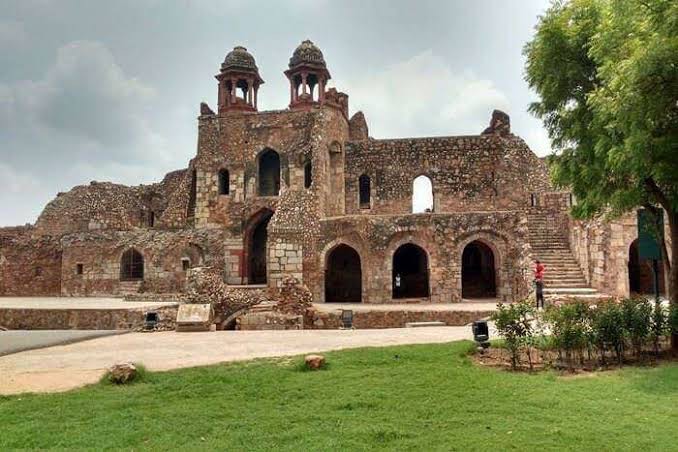Excavation aims to trace ‘Mahabharat’ evidence...
The Archaeological Survey of India (ASI) is set to begin excavation at Delhi's Purana Qila to trace evidence of 'Mahabharat'. The ASI will begin excavation to trace the Painted Grey Ware period (c. 600–1000 BCE), commonly known as the 'Mahabharat' period.
On Tuesday, a team of conservationists and other workers fanned across the site and uncovered trenches, preparing the historic monument for the excavations. After the exercise is wound up, ASI also plans to install a shade over the excavated spots and open them up for visitors. The ASI team has been working at the 16th-century fort complex since last week after wrapping up a survey at the site.
The findings and artefacts unearthed in previous excavations included painted grey ware from 900 BC, an earthen pottery sequence from the Maurya to Shunga, Kushana, Gupta, Rajput, Sultanates, and Mughal periods. Excavated artefacts such as sickles, parers, terracotta toys, kiln-burnt bricks, beads, terracotta figurines, seals and dealings that were excavated earlier are on display at the museum inside the fort complex.
We were not able to touch the lowest levels during the previous round. We recovered cultural material during every round of digging. We did not touch the natural soil during the last round of excavations,” said Swarankar. “We want to study the lowest levels and understand who the first occupants of the site were. To achieve this, we will dig deeper to arrive at earlier cultural levels,” he added.
According to ASI officials, Purana Qila is the only site in Delhi that was continuously occupied over a 2,500-year span, starting from the Maurya to Shunga, Kushana, Gupta, Rajput, Sultanate, and Mughal periods.





The Brief. Sign up to receive the top stories you need to know right now.